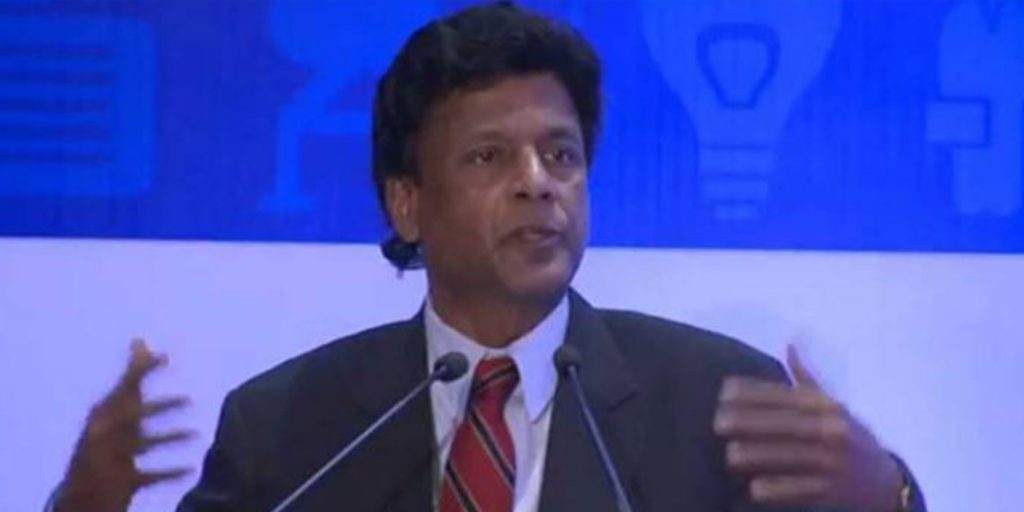ROAR of Ravi Dev
Writing about Anti-African racism in the wake of the BLM protests might seem as pandering, so I will submit the following piece written in 2008.
“It has been our position that the debate on marginalisation has been conducted primarily about the effects of the phenomenon without sufficient attention to the underlying world-view or paradigm, which unfortunately structures the arguments in a veritable cul de sac in which we just snarl at each other. That worldview, which we share along with literally the rest of the world to some extent, is so contaminated at its deepest level with race and racism – specifically anti-African racism – that it distorts our judgement, even our capacity to reason – when subjects like marginalisation – especially African marginalisation – are scrutinized
In our estimation, the African experience in the “New World” defines the word “marginalisation”. Following the demonstrated inability of the Indigenous Peoples of the Americas to withstand the labour demands and diseases of the Spaniards (evidenced by ninety percent of then dying off in the Caribbean within decades of Columbus’ arrival) the Christian Church recommended the importation of Africans as slaves. Unlike with Amerindians, they could discern no sign of a soul in the latter and deemed them beyond salvation. They were fair game for slavery – or extermination, for that matter.
The enthusiastic entry of the English, French, Dutch etc, ensured that some 18 million Africans were eventually dragged across the Atlantic but the fact that only 600,000 survived at “Emancipation” in 1834 offers a clue to their prior “living” conditions. The appallingly barbaric treatment that included the most brutal physical brutalisation, destruction of families, wrenching away of languages and cultures etc. impelled the creation of some sort of rationalisation since Europeans were supposed to be “civilised” while doing all of this. In the beginning slaves, who worked alongside white European indentured slaves, were simply defined as “heathens” and could be kept on the margins as such. It was when they started to convert to Christianity that colour became the marker to distinguish them from the “mainstream”. Race was created and transmuted into racist practice that relegated and maintained Africans to the margins of society especially in the 18th century.
As I wrote in 1993, “Race and racism, as we know them today, are very modern constructs arising out of a European 18th century discourse that ran parallel with the European conquest of the rest of the world and especially with the justification of African slavery. Notable names such as Hume, Kant and Hegel were involved in the project, which gave a social significance to physical markers. This is illustrated in Hume’s position that, “negroes… are naturally inferior to the whites”. Other “races” like Indians and Chinese, were fitted within this White-Black dipole.
My contention is that “race and racism” are part and parcel of the “Western Enlightenment,” exported as one weapon in the European arsenal of imperialistic conquest.” “African and Black” was constructed as the binary opposite to “European and White” and like all dualities it is not possible to eliminate one without the other. Racism is not a phenomenon that ended with the abolition of slavery – and it has not ended even though many assert that “race” has no objective existence. It persists in the totality of its relations that have become imbricated on the sinews of the civilization that we all practice.
Following Foucault, one can consider racism as a discursive field that incorporates beliefs, descriptions and actions, and the principles on which racist institutions are based. The discursive formation that would include the normative rules and norms – including laws and moral rules about what we “ought” to act towards each other. In the words of Cornell West, racism discourse is a product of the “structure of modern discourse…the controlling metaphors, notions, categories and norms that shape the predominant conceptions of truth and knowledge in the modern west.” As I wrote in 2006, West assures us that “there is the lingering effects of slavery and past discrimination in the continued attack on black humanity and racist stereotypes which are designed to destroy black self-image”.
To appreciate racism’s continued impact in Guyana, one must inquire into the extent to which the premises of the old discourse of race and racism has survived into our particular socio-historical conjuncture and continued to influence our thinking.”
And (writing in 2020) how we should, as a nation striving for equality of all Guyanese, work to eliminate this – including anti-Indian racism that developed after 1838.
